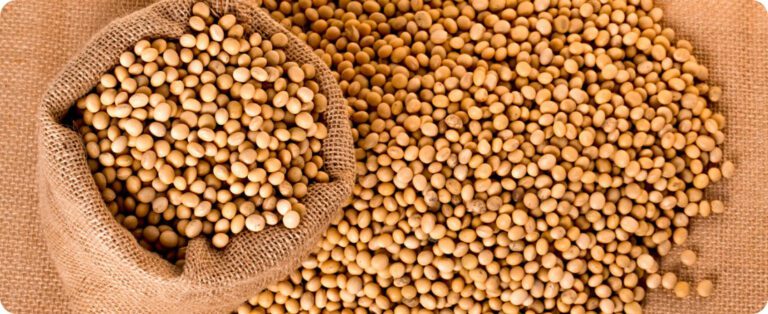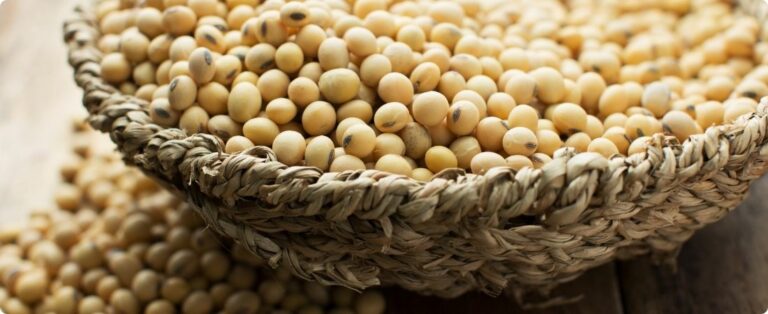Turnaround in the soybean market this weekend: North American President Donald Trump once again applied trade sanctions to China and changed the entire scenario for the Dollar, for stocks and for soybeans. “The Chicago Stock Exchange (CBOT) opened with a gap of 25 cents – something unprecedented – and continues to fall. The Dollar in Brazil opened with an upward gap and should remain that way for a while”, warns analyst Luiz Fernando Pacheco.
“We have already redone the calculations of soybean prices with the fall in Chicago and an increase in premiums. These were confirmed from 40 to 67, which was within what we were predicting (something like +70, compared to +40 last Friday) assuming that China turns only to Brazil and the premium increases)”, he explains. Pacheco, who is from T&F Consultoria Agroeconomia.
According to him, the result was that the price of soybeans in the interior increased by just over one real per bag. On Friday (03.05) it had closed at an average of R$ 69.16 and rose to R$ 70.75 (with the dollar already increased to R$ 3.98). “So we cannot expect, for now, large increases in the price of soybeans. Maybe later…”, adds Pacheco.
What can stop the fall in soybean prices? “The only constant element in the market that can be changed in the short term is the position of Investment Funds, which are excessively sold and could reverse from one moment to the next. Even so, for this to occur, there must be a sign of some other fundamental element, such as problems with the climate or some reversal in the Chinese position, difficult at the moment, given the negative margins of crushing in the country, swine fever and excess soybean oil produced, factors that tell us that China has no need to increase its purchases”, he says.
“The US-China talks, in our opinion, even if they reach a successful conclusion, should not have a significant effect on the soybean market, because China no longer needs to buy large volumes of the product, as we showed above. Increasing the herd, in China or abroad in order to serve it, takes between 1.8 and 2.0 years”, he concludes.
Posted by | Guilherme R. Bezzarro
Author | AGROLINK WITH INF. ADVISORY
Source | agrolink















